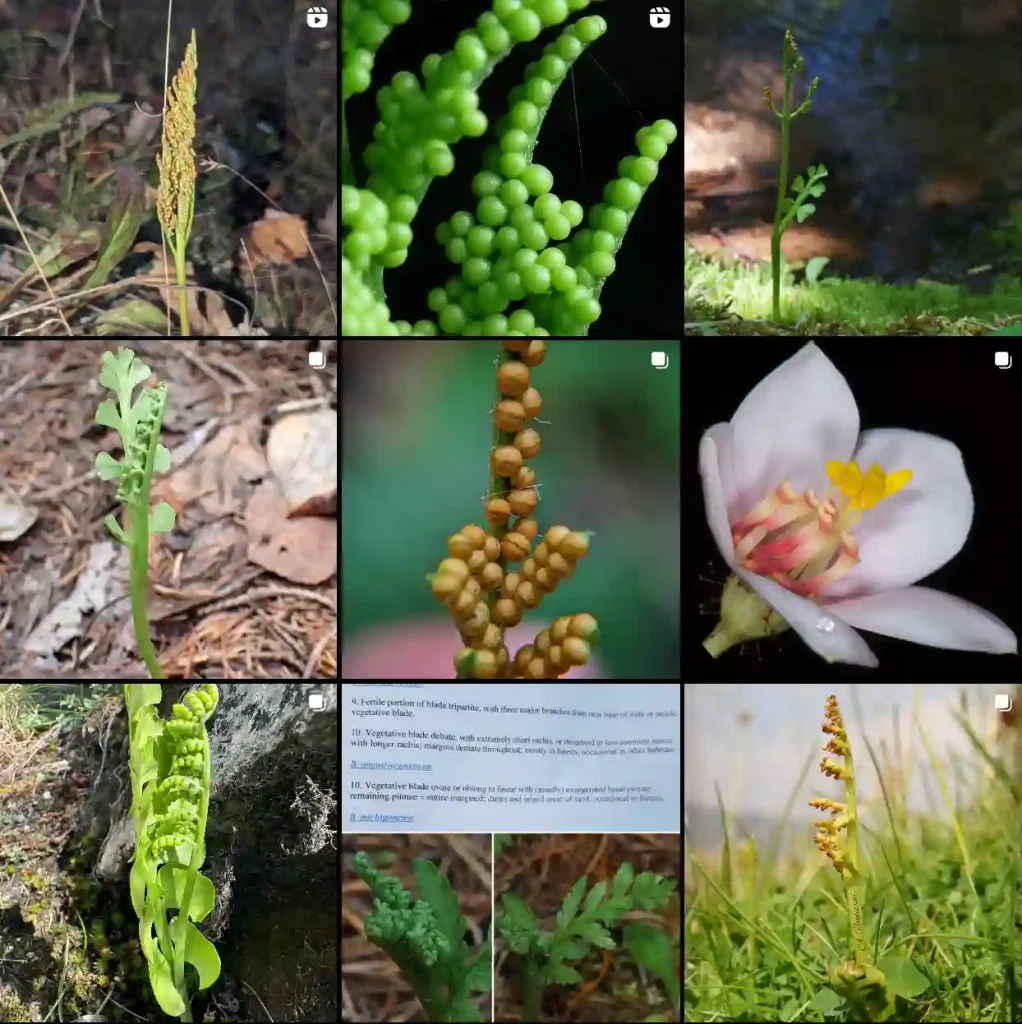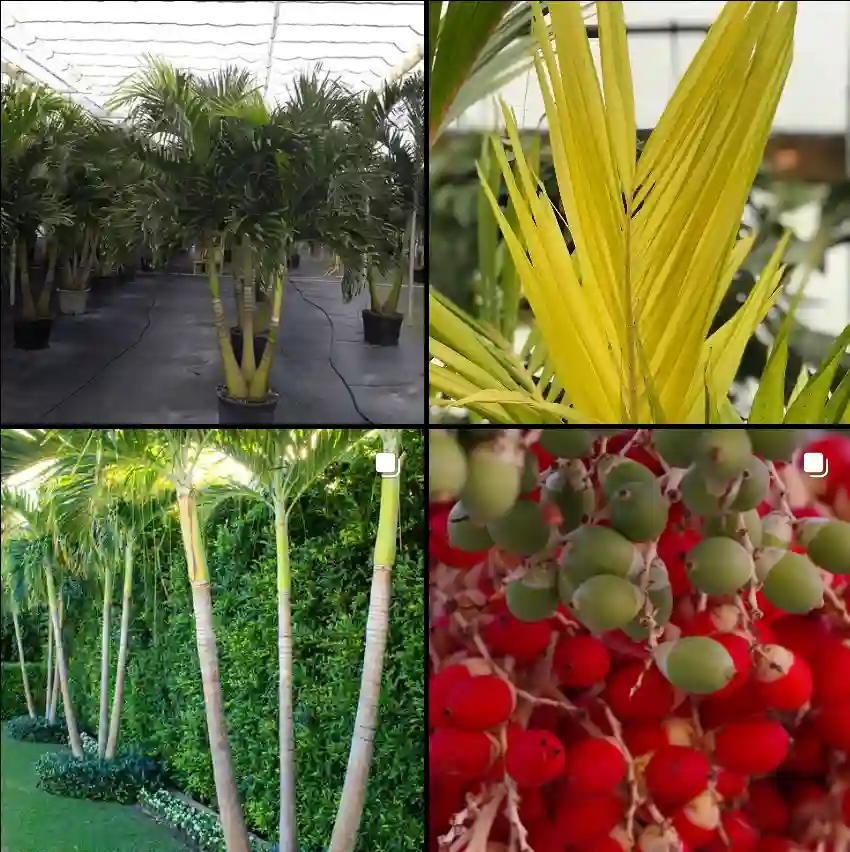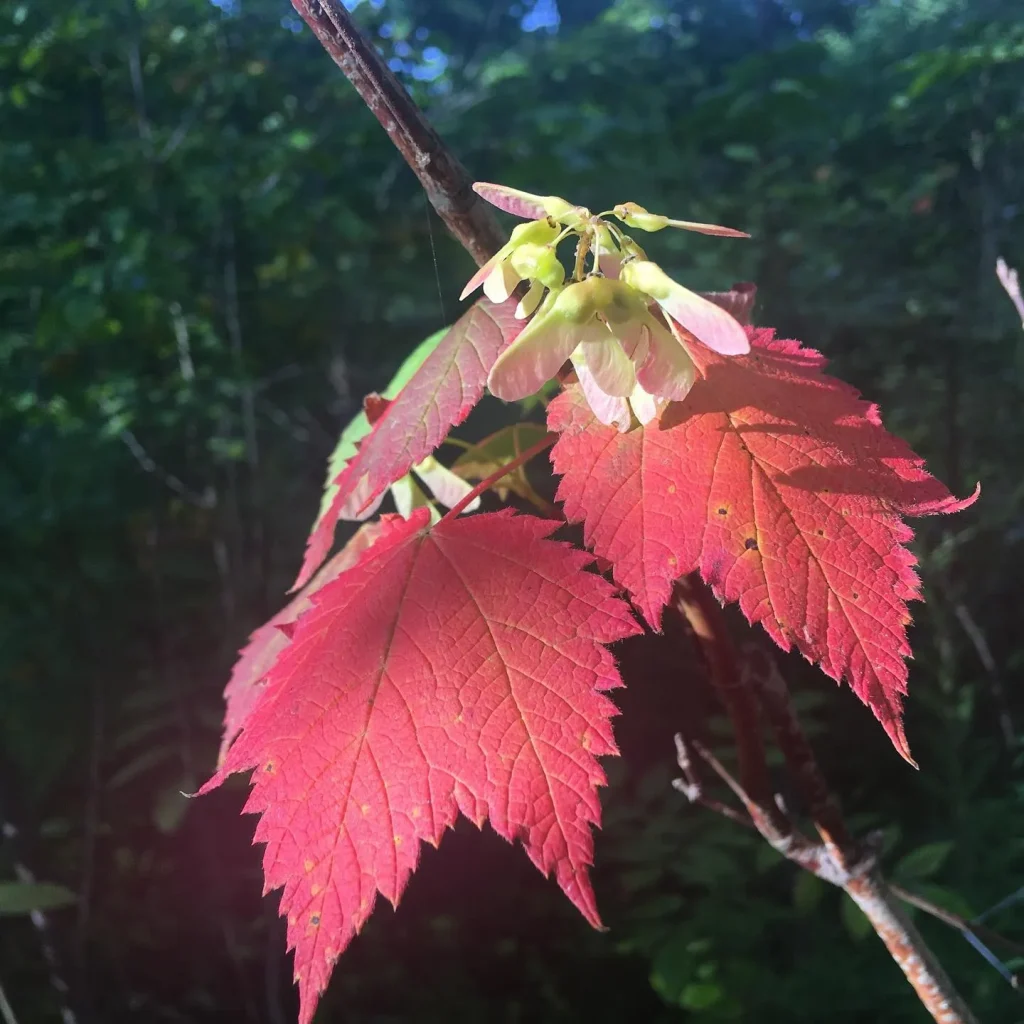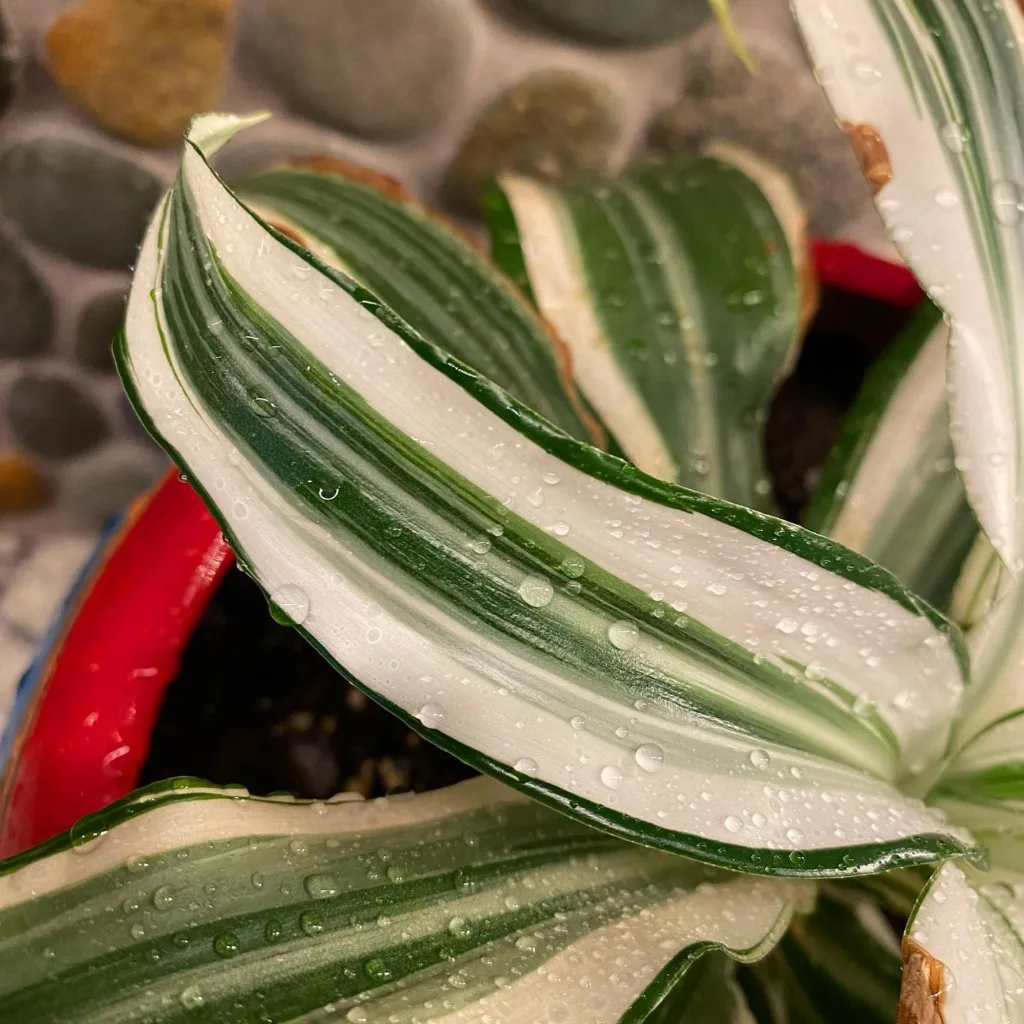My Love Affair with Tithonia
The first time I saw a Tithonia, I was captivated. Its vibrant orange flowers, like miniature suns, blazed against the deep green foliage. It was a Mexican Sunflower, or Tithonia rotundifolia, and it was love at first sight. That encounter sparked a fascination with the entire Tithonia genus, a group of plants that bring a touch of the exotic to any garden.
A Diverse Genus
Tithonia is a genus of flowering plants in the Asteraceae family, more commonly known as the daisy family. These plants are native to Mexico and Central America, and they thrive in warm, sunny climates. While the Mexican Sunflower is perhaps the most well-known, the genus boasts a diverse array of species, each with its unique charm.
- Tithonia brachypappa – Known for its bright orange blooms, this species grows in shrub form and is native to Mexico’s arid regions.
- Tithonia calva – A rare species with smaller yellow flowers, T. calva is typically found in rocky, elevated terrains in Mexico.
- Tithonia diversifolia – Commonly called the Mexican sunflower, this large shrub produces vibrant yellow-orange flowers and is widely cultivated as an ornamental plant. Plant FAQs: Tithonia Diversifolia
- Tithonia fruticosa – This species has strikingly large, bushy growth with yellow-orange blooms, commonly found in the dry forests of Central America.
- Tithonia hondurensis – Native to Honduras, this plant features bright yellow flowers and thrives in tropical environments.
- Tithonia koelzii – Known for its robust shrub structure, T. koelzii blooms with eye-catching orange-yellow flowers and is native to Mexico’s diverse habitats.
- Tithonia longiradiata – With its elongated rays, this species has distinctive yellow flowers and is often found in limestone-rich areas in Mexico.
- Tithonia paneroi – A rare and newly described species, T. paneroi has vivid orange petals and is native to specific regions in Central America.
- Tithonia pedunculata – Characterized by long stalks and deep orange flowers, T. pedunculata is a striking presence in its native Mexican habitats.
- Tithonia rotundifolia – Also called the red sunflower, this popular ornamental species has bright red-orange flowers and attracts pollinators like butterflies. Plant FAQs: Tithonia Rotundifolia – Mexican Sunflower
- Tithonia thurberi – Known for its narrow petals and delicate yellow blooms, this species grows well in arid, open landscapes.
- Tithonia tubaeformis – Featuring tall stems and large yellow-orange flowers, T. tubaeformis is well-suited to warm, semi-arid regions in Mexico.
More Than Just a Pretty Face
While the aesthetic appeal of Tithonia is undeniable, these plants offer more than just beauty. They are incredibly valuable to the ecosystem, serving as a vital food source for pollinators. I’ve spent countless hours observing hummingbirds, butterflies, and bees buzzing around my Tithonias, their vibrant colors a magnet for these essential creatures.
Beyond their ecological importance, Tithonia has a rich history of practical uses. In some cultures, the leaves and flowers are used in traditional medicine to treat a variety of ailments. I’ve even experimented with using dried Tithonia flowers in homemade dyes, creating beautiful, earthy hues for fabric and yarn.
Cultivating Tithonia
One of the things I love most about Tithonia is how easy it is to grow. These plants are relatively low-maintenance, thriving in full sun and well-drained soil. I’ve found that they are quite drought-tolerant once established, making them a great choice for gardeners in arid climates.
I usually start my Tithonia from seed indoors a few weeks before the last frost. Once the seedlings are large enough, I transplant them outdoors, spacing them about 2-3 feet apart. Throughout the growing season, I provide them with regular water and occasional fertilizer to encourage healthy growth and abundant blooms.
A Constant Source of Inspiration
My passion for Tithonia goes beyond its beauty and practicality. These plants symbolize resilience and vibrancy to me. Their ability to thrive in harsh conditions and their unwavering display of color throughout the season is a constant source of inspiration.
Whether I’m admiring their vibrant blooms, watching pollinators feast on their nectar, or experimenting with their uses in natural dyes, Tithonia continues to fascinate and delight me. It’s a genus that I will forever cherish, a reminder of the beauty and resilience that can be found in the natural world.
If i die, water my plants!



